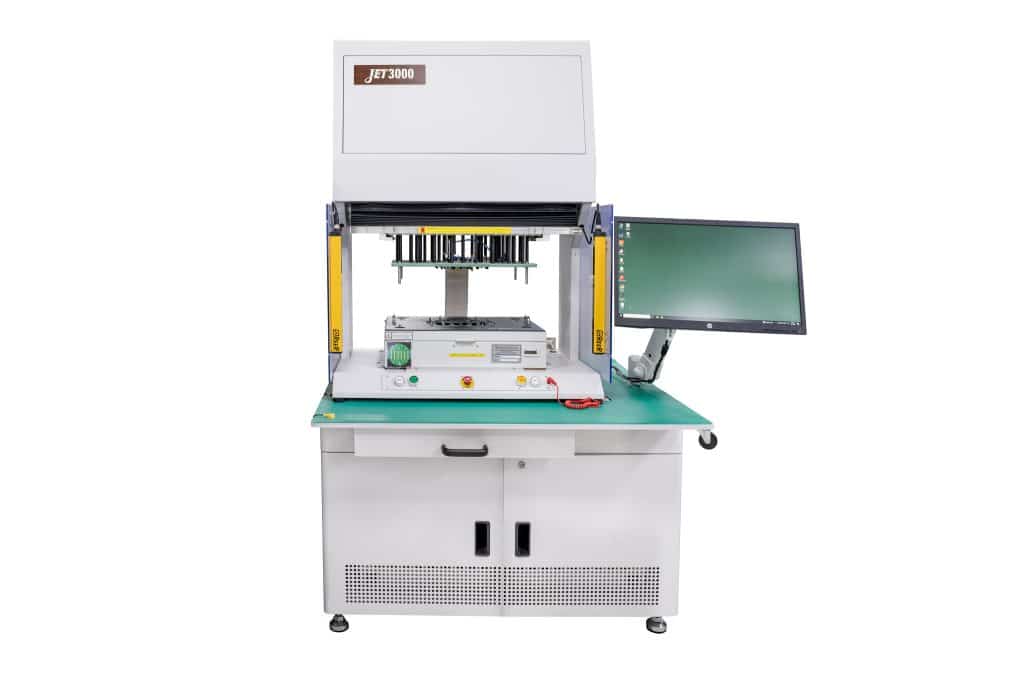ICT in PCB Assembly

Working of ICT in PCB Assembly
ICT testing method is designed to evaluate individual components and their interconnections on a PCB, providing a comprehensive diagnostic to detect faults early in the production process.
ICT employs specialized test probes, often called “bed-of-nails” fixtures, to make contact with specific test points on the PCB. These probes send electrical signals through the circuit to measure and analyze component behavior. The data collected is compared to the design specifications, highlighting any discrepancies.
Key Objectives of In-Circuit Testing
Component Verification
ICT ensures that every component on the PCB is present, correctly placed, and functions as intended. It checks for proper resistance, capacitance, and other key parameters.
Detecting Manufacturing Defects
This testing method identifies issues like soldering defects, open circuits, short circuits, and incorrect component values, enabling quick corrective action.
Ensuring Electrical Performance
ICT validates the electrical performance of the PCB, confirming that connections and signals flow as designed without interference or loss.
Enhancing Reliability
By catching defects early in the production cycle, ICT helps maintain the overall reliability of the final product, reducing the risk of failures in real-world applications.
Want to explore more? Discover our other services
- PCB design services
- Surface Mount Technology (SMT) services
- Vapor Phase Soldering Services
